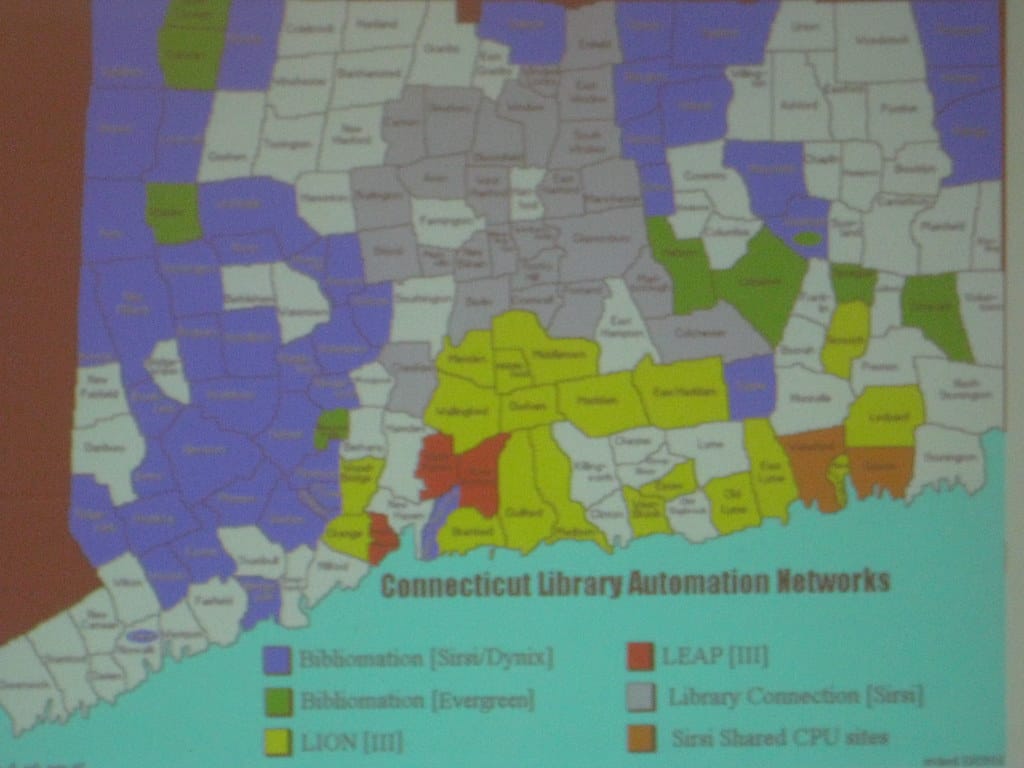Cisco Hands Over AGNTCY Project to Linux Foundation in Major Open Source Move
In a significant development for the enterprise networking landscape, Cisco Systems has donated its AGNTCY project to the Linux Foundation, marking another milestone in the tech giant's evolving relationship with open source development. The move positions this network automation framework at the center of industry-wide collaboration while potentially reshaping how organizations approach infrastructure management.
What is AGNTCY?
AGNTCY represents Cisco's ambitious attempt to create a unified platform for network device management and automation. Originally developed as an internal tool, the project emerged from Cisco's recognition that modern networks require more sophisticated, programmable approaches to configuration and monitoring.
The platform serves as a bridge between traditional network management practices and the cloud-native, API-driven world that enterprises increasingly demand. By abstracting complex networking operations into manageable, automated workflows, AGNTCY aims to reduce the operational overhead that has long plagued network administrators.
Strategic Implications of the Donation
Cisco's decision to donate AGNTCY to the Linux Foundation signals a notable shift in strategy for a company historically known for proprietary solutions. This move follows a broader industry trend where established vendors are embracing open source models to accelerate innovation and maintain relevance in rapidly evolving markets.
The donation comes at a crucial time when enterprises are increasingly adopting multi-vendor network environments. By placing AGNTCY under the Linux Foundation's neutral governance, Cisco is potentially encouraging broader industry adoption while positioning itself as a thought leader in open networking initiatives.
Industry analysts suggest this move could be Cisco's response to growing competition from cloud providers and software-defined networking solutions that have challenged traditional hardware-centric business models.
Benefits for the Open Source Community
The Linux Foundation's stewardship of AGNTCY brings several advantages to the broader networking community. Under neutral governance, the project can evolve without the constraints of a single vendor's commercial interests, potentially leading to more innovative and diverse use cases.
Open source development typically accelerates feature development through community contributions. Network engineers and developers worldwide can now contribute enhancements, bug fixes, and new capabilities that serve the broader ecosystem rather than a single company's roadmap.
The move also creates opportunities for smaller vendors and startups to build complementary solutions around AGNTCY, fostering innovation in the network automation space. This could lead to a more diverse ecosystem of tools and services that benefit end users through increased choice and competition.
Industry Response and Adoption Prospects
Early reactions from the networking community have been cautiously optimistic. Several major telecommunications companies and cloud service providers have expressed interest in evaluating AGNTCY for their infrastructure automation needs, particularly given its new vendor-neutral status.
The project's success will largely depend on the Linux Foundation's ability to attract a diverse group of contributors and maintainers. Historical precedent suggests that projects with strong corporate backing and clear technical value propositions tend to thrive under the Foundation's governance model.
However, some industry observers note that network automation remains a fragmented space with numerous competing solutions. AGNTCY will need to demonstrate clear advantages over existing tools like Ansible, Terraform, and other infrastructure-as-code platforms to gain significant traction.
What This Means for Enterprise Networks
For enterprise IT organizations, AGNTCY's transition to open source presents both opportunities and considerations. The vendor-neutral governance could make the platform more attractive for multi-vendor environments, where concerns about lock-in have historically limited adoption of proprietary automation tools.
Organizations already invested in Cisco's ecosystem may find AGNTCY provides a migration path toward more open, programmable network management practices. The open source model also offers greater transparency into the platform's development roadmap and security practices.
Looking Ahead
Cisco's donation of AGNTCY to the Linux Foundation represents more than a simple technology transfer—it signals a fundamental recognition that the future of networking lies in collaborative, open development models. As networks become increasingly software-defined and cloud-native, the industry benefits from shared standards and interoperable solutions.
The success of this initiative will depend on sustained community engagement and continued investment from both Cisco and other industry participants. If successful, AGNTCY could become a cornerstone technology for next-generation network automation, demonstrating that even established networking vendors can adapt to the open source paradigm while driving meaningful innovation.
For organizations evaluating network automation strategies, AGNTCY's evolution under the Linux Foundation deserves close attention as a potentially game-changing development in enterprise infrastructure management.
